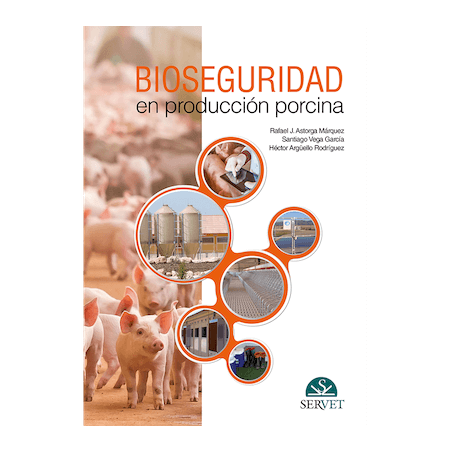FAO’s latest release of the Food Outlook points to likely increases in production across most categories, including rice, coarse grains, oilcrops, milk, sugar, meat and fish and fishery products. However, global wheat output could fall from last season’s all-time high.
Notwithstanding this generally positive outlook, the global agrifood production systems remain vulnerable to shocks, stemming from extreme weather events, geopolitical tensions, policy changes and developments in other commodity markets, with the potential to tip the delicate demand-supply balances and impacting prices and world food security.

Global production of coarse grains is forecast to rise by 3.0 percent to 1 513 million tonnes, a new record, buoyed by an expected significant increase in maize output in the United States of America and a record harvest in Brazil, leading to higher overall supplies and lower prices.
World rice production is forecast to rise by 1.3 percent in 2023/24 to 523.5 million tonnes, while international trade is expected to drop by 4.3 percent in volume terms to 53.6 million tonnes. The anticipated output increase mostly reflects positive incentives provided by generally higher producer prices, easing fertilizer costs and continuing government assistance measures. By contrast, world wheat production in 2023 is expected to decline by 3.0 percent from its all-time high of 777 million tonnes in 2022, due mainly to expected decreases in the Russian Federation and Australia, both of which registered record outputs last year. The declines mostly reflect the likely impacts of extreme weather events, seen leading to lower planted areas.
Global outputs of oil crops, milk and sugar are all expected to expand, as is that for meat, although pig and bovine meat volumes could drop slightly in 2023.
June 15, 2023/ FAO.
https://www.fao.org



![World production of primary crops by commodity group. Source: FAO. 2022. Production: Crops and livestock products. In: FAOSTAT. Rome. [Cited November 2023]. https://www.fao.org/faostat/en/#data/QCL](https://www.pig333.com/3tres3_common/images/333.svg)







